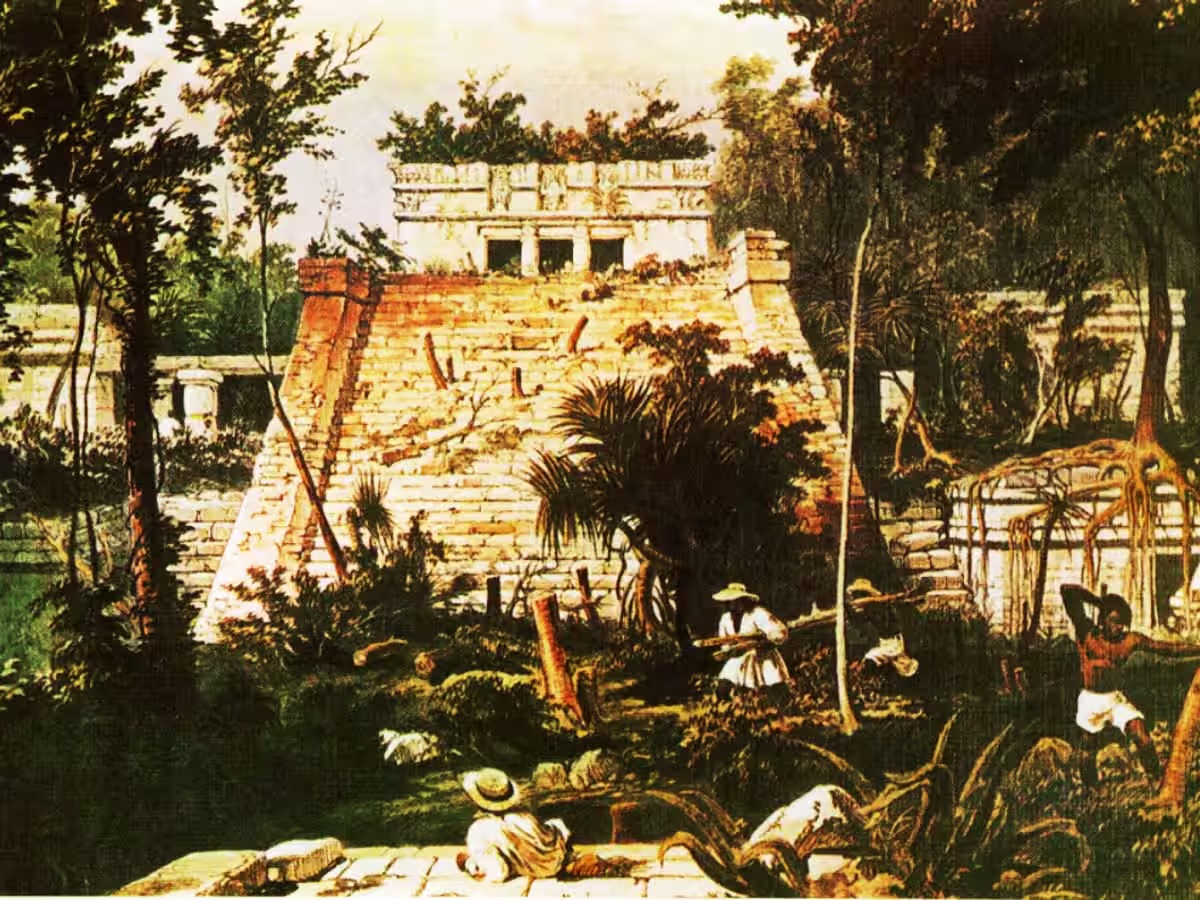
Mayan Civilization Rituals: Researchers at the Max Planck Institute for Evolutionary Anthropology have made this claim after examining ancient DNA. The remains of 64 people, all young boys, were found in an underground chamber called Chultun. Most of them were related to each other and included two pairs of twins. This discovery contradicts the common belief that sacrificial victims were usually young girls.
'They were chosen for sacrifice for specific reasons',
New research on child sacrifices at Chichen Itza in Mexico's Yucatan Peninsula reveals, 'The similar age and diet of the male children, their close genetic relationship and the fact that they were buried in the same location for more than 200 years suggest a similarity in the burial site after the sacrifice, where the sacrificed individuals were selected for specific reasons.'
'Remains of more than 100 children found'
We discovered in 1967 that children were sacrificed in the Chultun. It was during excavations that the chamber and its terrible secrets were discovered. It was once a reservoir, which was later enlarged to connect the Chultun to a nearby cave. The remains of over 100 children were found inside the chamber.
Gender determined by DNA
It was difficult to determine the sex of these children from the bones alone, so the victims were assumed to be girls. In recent times, evidence has emerged that some of the victims may have been men. Now with the help of advanced technology, scientists have been able to sequence ancient DNA, making this research possible. A team of researchers led by immunogenetics expert Rodrigo Barquera studied the bones at Chichen Itza.
'Local children were sacrificed' –
The researchers examined the remains of a total of 64 people. They also analysed isotope ratios. Previous research suggested that some of the children were brought from elsewhere. However, modern investigations have shown that the food eaten by all the children was similar to that of local residents. This meant that all the children belonged to the local community.
'These children were sacrificed in pairs'
The bones the scientists examined were all boys. At least a quarter of them were related to each other. Their diet was also similar, which suggests that they probably lived in the same household. “The most surprising thing is that we have identified two sets of identical twins,” says Kathrin Negele, an archaeologist at the Max Planck Institute for Evolutionary Anthropology.
This suggests that boys were probably selected for the ritual in pairs. Accidental twins occur in only 0.4 percent of cases in the general population, so the number of twins in the chultun is higher than expected.
 look news india
look news india